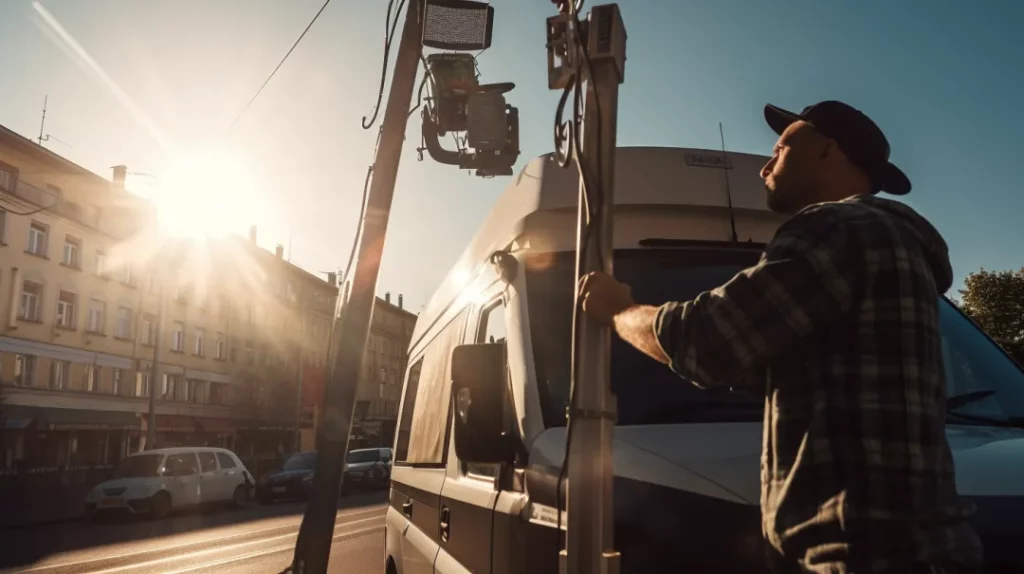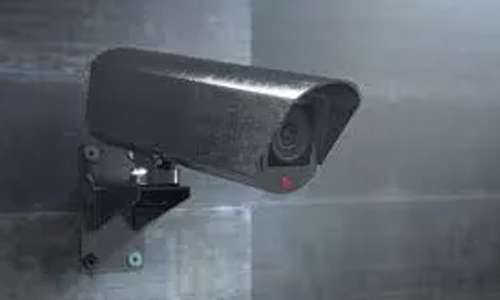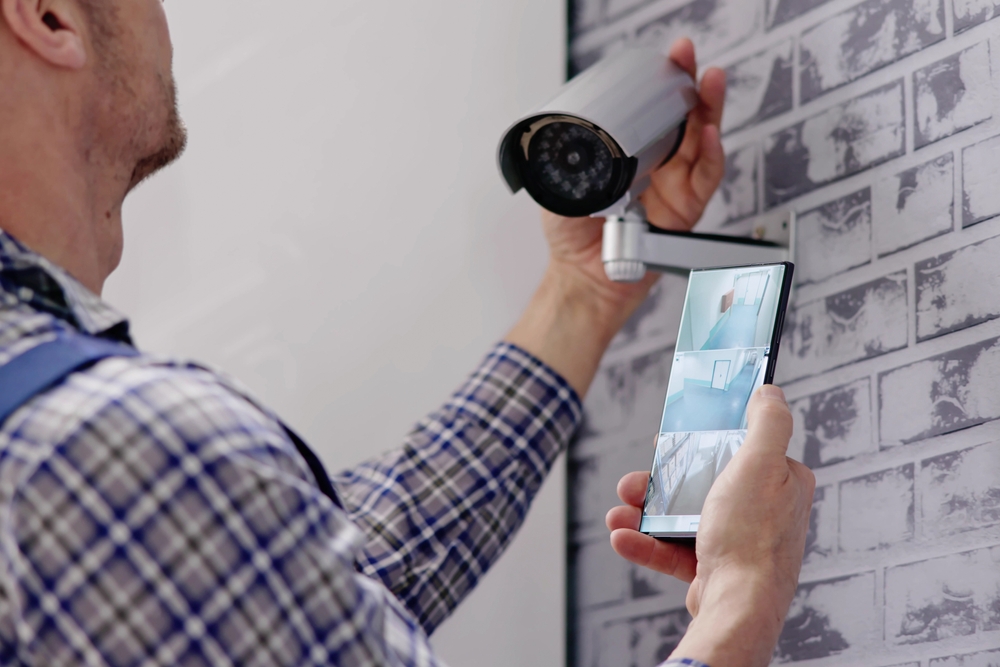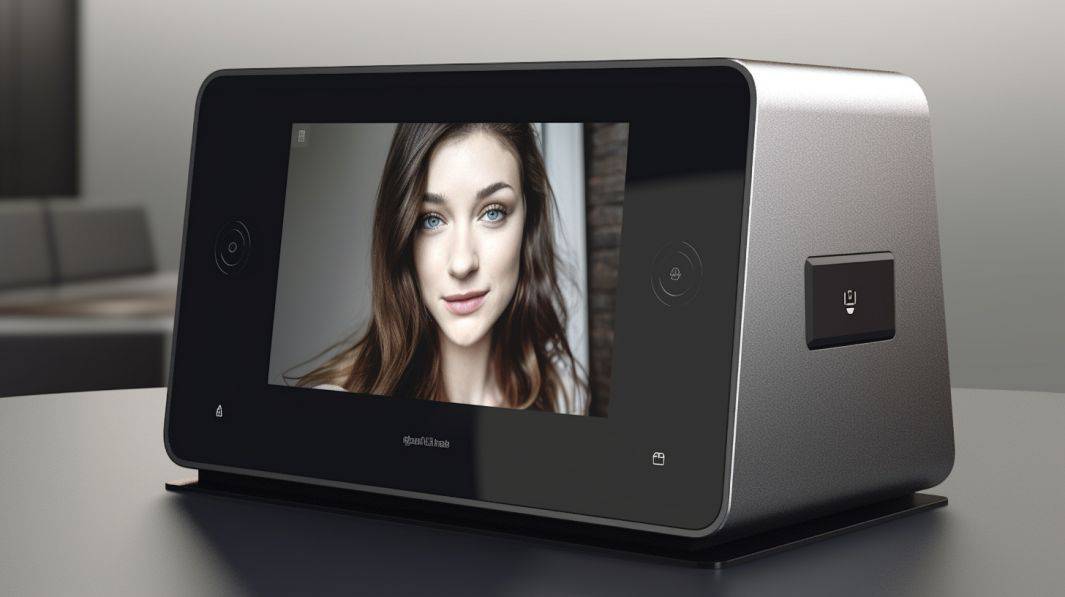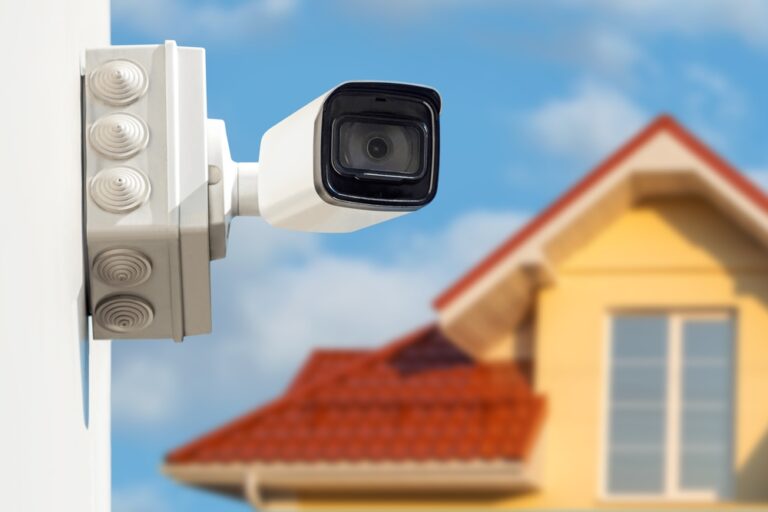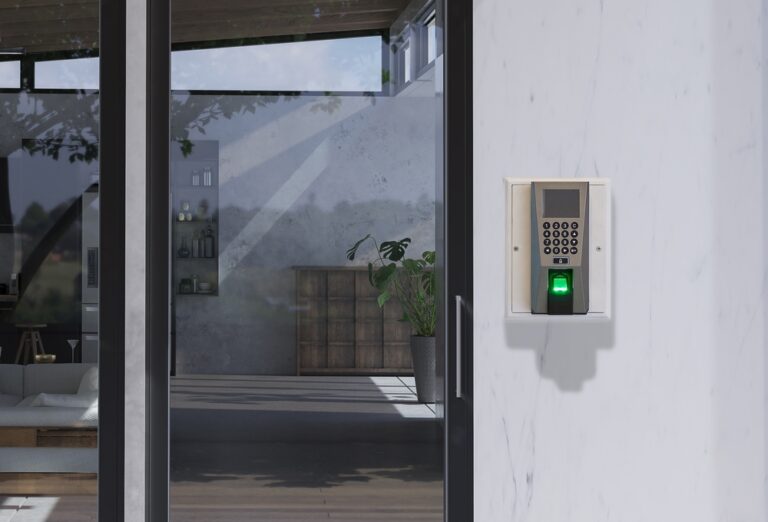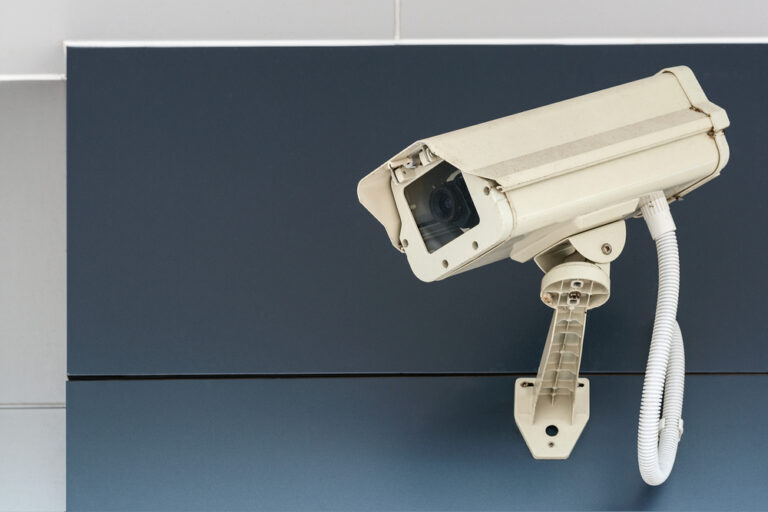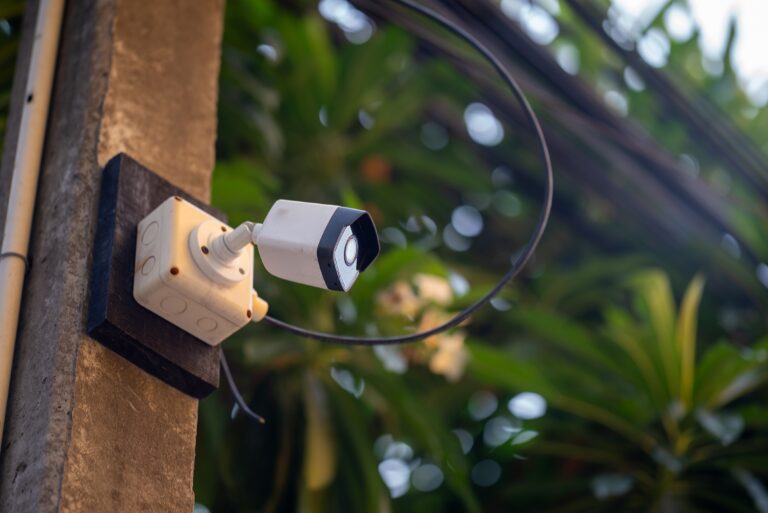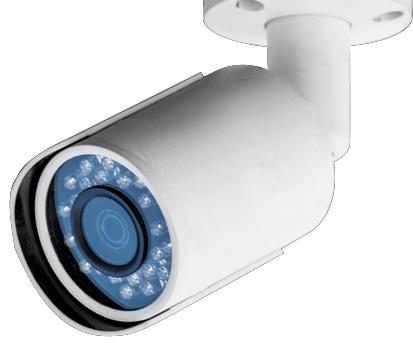- 1) Key Takeaways:
- 2) The Importance of Regular Maintenance for CCTV Cameras
- 3) Preventive Maintenance for CCTV Cameras
- 4) Frequency of Preventive CCTV Maintenance
- 5) Preventive Maintenance Checklist for CCTV Cameras
- 6) Common Problems During CCTV Maintenance
- 7) Importance of Backing Up CCTV Footage
- 8) Benefits of a CCTV Maintenance Checklist
- 9) Methods for Creating a CCTV Maintenance Checklist
- 10) Conclusion
-
11)
FAQs
- 11.1) What are some first signs my CCTV system needs maintenance?
- 11.2) Does weather impact the frequency of CCTV maintenance needs?
- 11.3) How often should maintenance logs be reviewed?
- 11.4) What maintenance tasks require professionally certified technicians?
- 11.5) Does regular maintenance adequately address cyber risks?
Investing in a closed-circuit television (CCTV) security camera system is one of the best decisions a home or business owner can make. However, the job doesn’t end once the cameras are up and running. To maintain optimal surveillance capability, situational awareness, and evidentiary detail, regular professional maintenance throughout the system lifetime is essential.
Neglecting preventative upkeep and periodic tune-ups leads to gradual blind spots from shifting components, creeping connectivity losses from cabling issues, reduced image quality from accumulating dust/grime, and many other problems undermining investment return. Just like changing the oil in a car, inspecting belts/hoses, rotating tires and checking brake pads – proactive maintenance keeps complex machinery running smoothly.
This comprehensive guide from the experts at Jefferson Security Systems covers all aspects of properly maintaining CCTV investments including:
- Key reasons ongoing maintenance is indispensable
- Preventative upkeep best practices
- Maintenance schedule guidelines
- Common inspection and troubleshooting checkpoints
- How to create maintenance logs and checklists
- Available methods to backup recorded evidence
Key Takeaways:
| Reason | Impact | Solution |
|---|---|---|
| Shifting gear | Blindspots | Realignment |
| Dust accumulation | Video degradation | Lens cleaning |
| Connection issues | Signal losses | Cabling inspection |
| Firmware lagging | Vulnerabilities | Updating software |
Keep reading for insights ensuring your surveillance equipment operates optimally year after year through basic upkeep any inspector can perform and by leveraging professional maintenance agreements for complex tuning.
The Importance of Regular Maintenance for CCTV Cameras

Decreased Downtime
Cameras and infrastructure components can unexpectedly fail without warning causing recording gaps. However, thorough periodic inspections by technicians catch small issues like loose connectors, bad cables or glitching memory cards before they spiral into complete outages. Preventative maintenance enables quick repairs to restore capabilities rapidly, minimizing blackout periods.
Increased System Security
As cyber threats continuously evolve, firmware needs regular updating to add new protections, compression improvements, analytics and bug fixes. Maintaining current software is vital to block intruders exploiting known vulnerabilities in outdated code. Technicians can rapidly deploy the latest firmware during maintenance without the complexity of major system upgrades.
Optimal Performance Quality
Dust, cobwebs, grease accumulation and other debris settling on camera lenses degrades video quality gradually over months of real-world operation. Maintenance cleaning of optics and housing components restores pristine imaging and accurately tuned motion detection essential to analysis. Natural decline in performance is reversed.
Extended Equipment Lifespan
All electronics wear out over prolonged use as components fatigue – LEDs dim, processors lag, storage sectors fail. Without intervention, failures cascade. However servicing, adjustments, part replacements and re-greasing during periodic maintenance visits maximizes longevity of surveillance gear keeping capabilities intact longer before wholesale replacements are needed.
Ongoing Cost Savings
Potentially destroying failures like exhausted SD cards, filled hard drives or shorted wires can strike without warning. But close maintenance scrutiny detects deteriorating components early allowing preemptive swaps before catalyst events cause permanent video loss or expensive emergency repairs. By maintaining systems, major replacement costs are avoided through early diagnosis.
Neglecting maintenance virtually guarantees downtime, security gaps, video degradation, premature equipment failure and budget chaos. Conversely, regular CCTV upkeep safeguards uptime, system integrity, footage quality, gear longevity and ROI. Protect your surveillance investment with ongoing maintenance.
Preventive Maintenance for CCTV Cameras
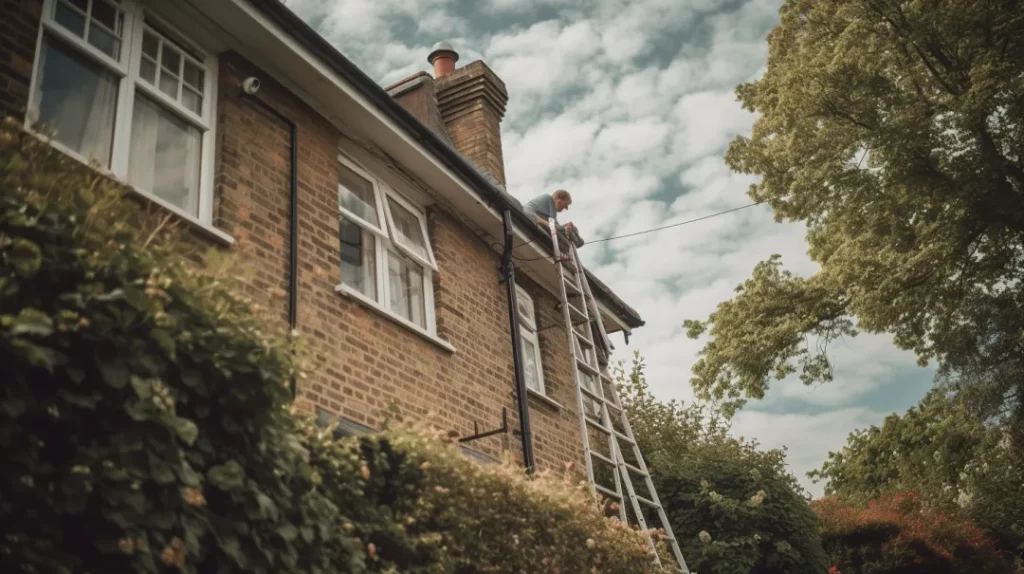
While it may seem cameras and infrastructure once arranged will continue working reliably indefinitely, the reality is gradual decline through environmental factors impacts security systems, necessitating regular preventative maintenance for preserving capabilities.
Realignment of Camera Positions
Surveillance camera alignments depend on precise positioning relative to monitoring zones which can shift over time:
- Natural vibrations from heavy trucks, nearby construction projects or even thunderstorms subtly rotate wall-mounted enclosures.
- Thermal expansion and contraction of metal housings incrementally alter viewing angles.
- Accidental bumps or tampering also tweak camera orientations.
Without realignment, visibility gaps emerge including blindspots, cut-off areas at scene edges, insufficient overlap between units, and suboptimal lighting exposure. Careful re-adjustment of camera positions, pan/tilt angles and lens focus corrects deficiencies restored maximum possible coverage per device.
Inspection of Cabling and Wires
The infrastructure transmitting video/power signals tends to naturally degrade through various mechanisms:
- Moisture seeping into exterior conduits or unsealed connectors corrodes copper contacts causing dropouts.
- Rodents nibbling on tasty cable jackets introduce slight conductance issues eventually undermining reliability.
- Repeated handling, jamming into crowded cabinets or accidental tugging stresses connections.
Expert maintenance technicians methodically check the structrual integrity of all cabling, measure signal strength at every junction searching for deterioration while resecuring any compromised termination points found. Gradual infrastructure decline is reversed before catastrophic failure.
Update and Audit of Central Control Equipment
The centralized gear enabling CCTV systems commonly gets overlooked between major upgrade cycles. But regular software improvements, dust removal and settings optimization is vital:
- Installing updated NVR/DVR firmware improves compression efficiency while patching newly discovered software vulnerabilities as threats evolve continuously.
- Cleaning accumulated dust/debris from recorder cabinet intakes maintains airflow preventing dangerous overheating and unexpected shutdowns.
- Validating properly scheduled backups and retention policies are active confirms needed video evidence history will never be lost prematurely due to unnoticed misconfigurations or lagging storage.
While set-and-forget operation seems convenient, gradual performance erosion due to subtle environmental factors inevitably undermines security capabilities through blindspots, video losses and reliability issues over years absent preventative maintenance. Regular realignment, inspection and firmware updates maintains CCTV investments at peak operational state.
Frequency of Preventive CCTV Maintenance
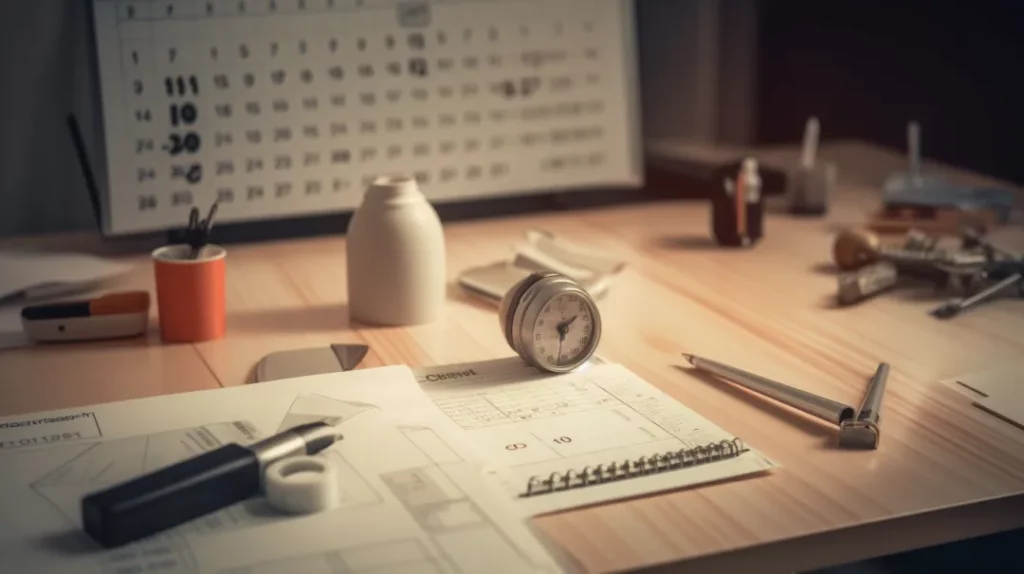
To maintain optimal security camera health and maximize return on surveillance investments, how often should preventative maintenance be conducted? Experts recommend:
Annual Professional Site Visits – At minimum, a thorough annual inspection, tuning and firmware update should be conducted by qualified technicians to address gradual blindspots from shifting components, weather damage, software improvements and other incremental gaps not noticeable day-to-day.
Quarterly In-House Spot Checks – Simple walkthroughs every 3 months by available staff using provided checklist forms catches obvious issues like obstructed views or damaged infrastructure for timely ticketing. But extensive technical repairs still require pros.
Monthly Remote Monitoring – Advanced systems allow remote connectivity for technicians to regularly check firmware, storage, connectivity and other backend aspects without on-site visits for greater protection.
Event-Triggered Emergency Dispatch – No preventative maintenance fully prevents unexpected failures from lightning strikes, flooding or accidents. Have a process to rapidly reach technical support anytime suspicious gaps arise for priority troubleshooting.
Think of preventative maintenance on complex CCTV gear as akin to changing the oil, checking brake pads or inspecting safety systems in company fleet vehicles on regular schedules no matter if issues are apparent. Staying ahead of gradual decline is central to maximizing uptime and lifespans of electronics investments.
Preventive Maintenance Checklist for CCTV Cameras
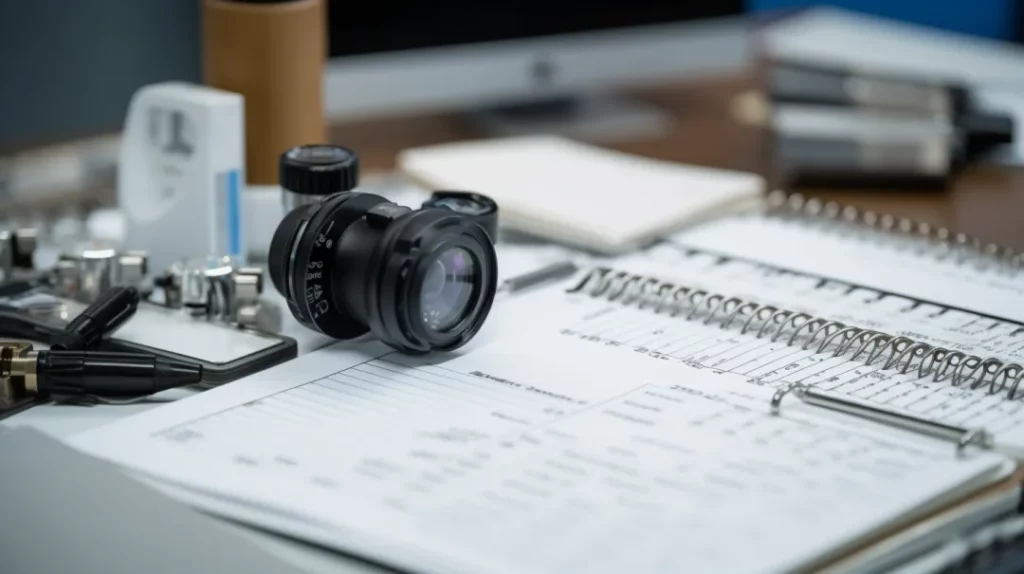
Preserving CCTV system capabilities requires methodically inspecting all components following a formal maintenance schedule and checklist. Key tasks include:
Thorough Inspection of All Cameras
Since dust, spiderwebs and debris settle on camera enclosures degrading image quality over time, technicians must:
- Carefully clean all fixed and PTZ dome lenses plus housing windows using microfiber cloths and approved cleaning solutions removing obscured views.
- Inspect interior camera components for insect infestations blocking IR lights or nesting on sensitive mirror elements.
- Check that latest firmware enables imaging optimizations like High Dynamic Range, Smart Compression and motion-triggered image boosting.
- Validate all positions still provide complete intended coverage without disruptive gaps that open monitoring zones to risks.
- Closely examine all exterior wiring, conduit fittings, RJ45 connectors for deterioration exposing cables to tampering or moisture penetration.
Comprehensive Audit of Network Video Recorders
The centralized recording system demands extensive inspection including:
- Downloading and installing latest NVR/VMS version improving cyber protections, compression efficiency and ensuring compatibility support from cameras.
- Closely monitoring storage capacity used/remaining to predict shortfalls before occurring and preventing video gaps.
- Systematically reviewing recent recorded footage confirms properly tagged files without missing periods indicating glitches.
- Testing scheduled video backups to NAS drives fully complete without errors to protect against catastrophic loss.
Applying Software Improvements
While updating operating systems can initially seem intimidating, significant vulnerabilities and feature gaps get addressed over 3-5 years making occasional upgrades indispensable:
- Backup of custom analytics rules enables restoring tailored evidence alerts and filters after updating instead of fully reconfiguring from scratch.
- Review release notes detailing bug fixes, enhanced detection capabilities and new access controls to determine priority and approach for specific environment.
- For larger sites, gradually phase updated software across isolated test segments first before network-wide deployment reduces disruption risks.
Safeguarding Reliable Power Delivery
Supporting always-on CCTV operation requires proactive power infrastructure maintenance:
- Multimeter testing of load voltages for out of spec fluctuations from aging supplies that can unexpectedly fail or damage sensitive electronics.
- Preventative battery replacements for centralized UPS systems provides ample runtime during short municipal grid outages.
- Surge protective strips properly grounded and designed to attenuation regional lighting strikes saves cameras and recorders from catastrophic spikes.
Confirm Anytime Access Capability
Optimized CCTV systems enable security stakeholder access anytime from anywhere which requires ongoing validation:
- Testing authenticated mobile/web remote viewing of live and historical footage confirms policies aren’t blocking remote users.
- MFA gates unauthorized access from compromised credentials providing essential layered protection against external viewing.
Reset Accumulated Glitches via Rebooting
While modern computing reliability has improved tremendously, periodically power cycling cameras, switches and recorders clears software memory leaks, background processing issues and other glitches improving stability.
Maintenance Log
Maintaining a centralized log of all CCTV inspections, repairs, adjustments and software updates is vital best practice enabling technicians and security directors to:
- Spot Trends – Recurring incremental camera shifts might indicate vibration issues from nearby machinery requiring shock damping.
- Verify Work Completed – Technicians must document task details like cleaning procedures or cable lengths replaced to confirm full scope finished.
- Coordinate Activity – Notes on repairs needed guide future site techs to required tasks preventing duplication.
- Track System Health – Logs facilitate comparison to previous status with changes highlighted for diagnosing root causes.
- Demonstrate Compliance – Detailed history proves required system maintenance was consistently performed as mandated by regulations.
Comprehensive maintenance logs become crucial references empowering CCTV owners to make data-driven decisions about repairs vs replacement, infrastructure priorities and optimizing maintenance intervals.
Additionally, specific types of records to include are:
- Date/time site visited and by whom
- Affected devices with serial numbers
- Maintenance completed like alignment fixes, firmware updates
- Repairs made such as cable swaps, connector changes
- Components replaced due to failure/wear
- Known pending issues requiring future resolution
Common Problems During CCTV Maintenance
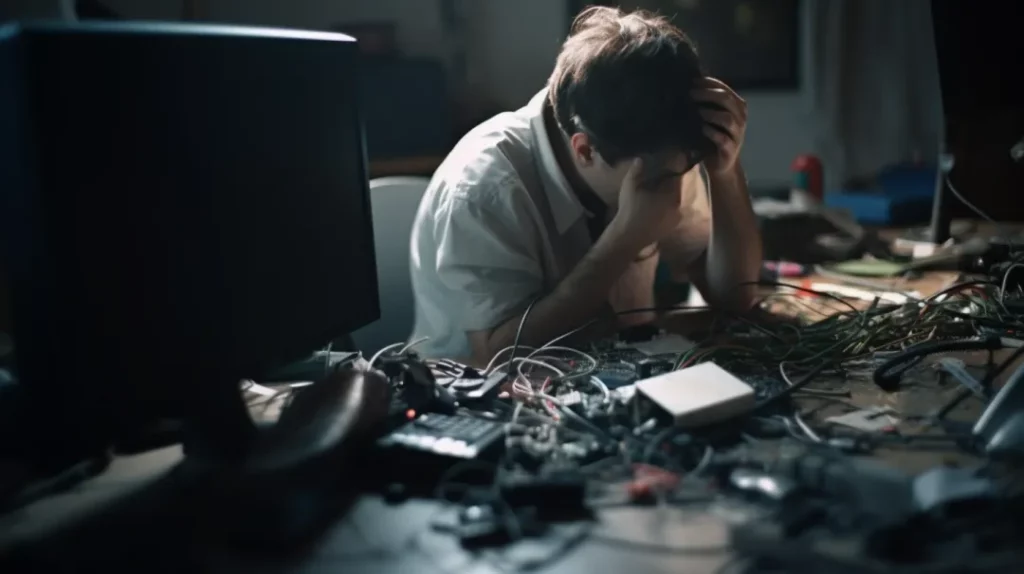
While thorough preventative maintenance is invaluable for maximizing capabilities and lifespans of surveillance gear, the process is not always straightforward. Technicians often encounter challenges including:
Issues During Firmware Updates
As new feature-packed firmware versions release, technicians anxiously upgrade customers for enhanced security, algorithms and compatibility. However lack of backward-compatibility sometimes creates problems:
- Updated camera software loses sync with existing recorders still running old firmware creating video streaming failures.
- Major firmware revisions reconfigure default settings which overwrite years of manual image tuning by users requiring extensive re-adjustments.
- Forcing updates across all devices simultaneously has bricked entire systems if buggy code sections emerge requiring staggered deployments.
Careful technical planning is vital preceding major platform updates. Reference firmware upgrade tips before overwriting working configurations.
Failures of Aging Infrastructure
While preventative maintenance aims to maximize lifespan of existing infrastructure, accumulating wear inevitably reaches failure points:
- Connectors only resecured so many times finally cease providing reliable conductivity as corrosion advances requiring full replacements.
- Outdated DVRs lacking modern software protections and compression get increasingly unreliable as unsupported electronic components fatigue.
- Short lifespan batteries, dusty fans or glitchy memory sectors transform localized fixes into justification for complete upgrades.
Gear failure prompts difficult replacement decisions based on repair costs, remaining life projections and budget availabilities at inopportune times.
Software Incompatibilities
Mix-and-match deployments with cameras, recorders and software from assorted vendors often produce unexpected compatibility issues during maintenance:
- Default video analytics only fully functional when paired with same-branded recorders and cameras due to proprietary messaging variations.
- Promised backward compatibility support gets broken unexpectedly by uncoordinated software updates.
Leveraging single-vendor solutions from selection through maintenance best optimizes system interoperability and features. Beware mixing brands.
Importance of Backing Up CCTV Footage
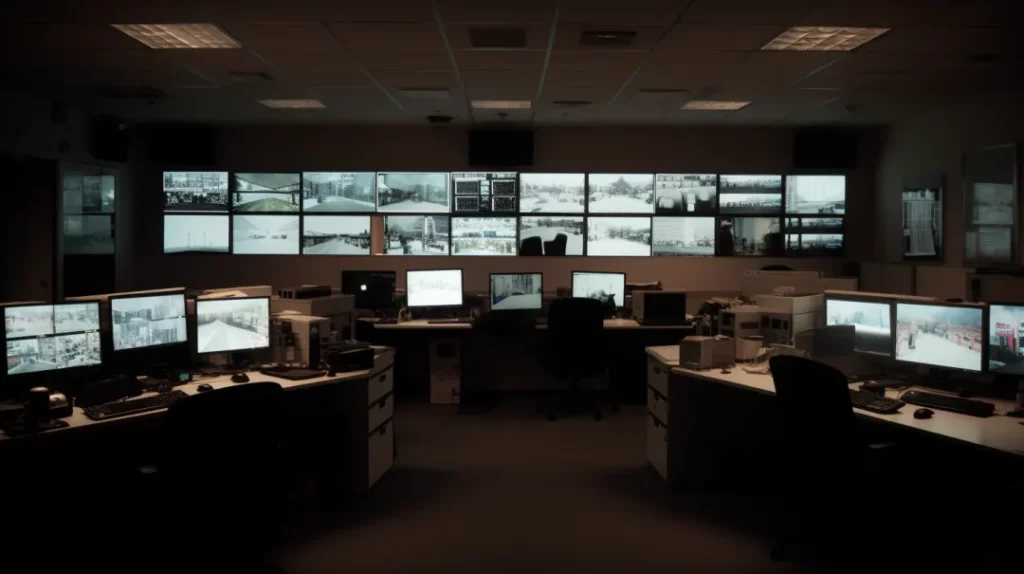
Recorded surveillance video represents the primary evidence source after incidents plus facilitates historical pattern analysis. However data storage eventually fails – without proper backups, crucial footage gets permanently lost creating accountability gaps.
While most networked CCTV recorders feature hot-swappable RAID drive arrays seemingly protecting against failures, no primary storage lasts forever. Maintaining usable archives requires regularly backing up video to secondary locations enabling recovery when unexpected catastrophes like fires, flooding, hardware theft, software crashes or simple equipment wear render local recordings unusable right when depended on most.
Ongoing video backups additionally facilitate:
Secondary Analysis Sites – Mirroring copies to isolated networks protects footage integrity allowing simultaneous review by multiple entities to uncover overlooked clues without degrading primary storage response.
Investigation Collaboration – Sharing read-only footage across departments and partners streamlines cooperative analyses without risking original evidence copies.
Legal Discovery Requests – Requests for historical clips are rapidly fulfilled from archives without needing to restore nearline media.
Long Term Archiving – Cold storage of important incident data that exceeds useful operational retention policies cost-effectively preserves institutional knowledge.
While backing up surveillance video requires expanding storage budgets, lacking reusable archives when disaster strikes is financially and legally devastating. Typical techniques include:
Mirror Recording Servers – Duplicate video to identical onsite appliances facilitating rapid failover although still vulnerable to facility catastrophes.
NAS/SAN Drives – Network shared storage options offer consolidated expansion but historically lag reliability of standalone recorders.
Cloud Archives – Managed cloud backup services protect assets offsite with extensive redundancy although retrieval lags local caches.
External Drives – Direct recorder connectivity allowing scheduled backups to swappable hard drives stored offsite provides assuring physical control although risks mishandling.
Carefully weigh CCTV backup options against bandwidth, redundancy and restoration objectives when designing availability protections essential to maximizing surveillance utility.
Benefits of a CCTV Maintenance Checklist
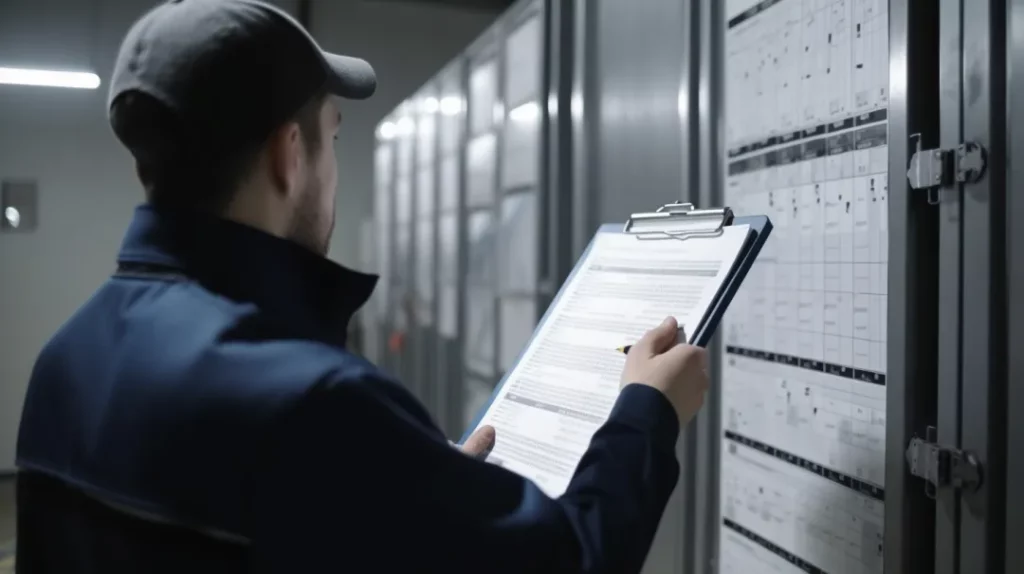
Following consistent procedures guided by a formal maintenance checklist delivers significant advantages over sporadic inspections including:
Increased Efficiency
Standardized checklists allow technicians to thoroughly inspect all components without wasteful duplication or missed elements by:
- Promoting workflow optimization – Specialized labeling like camera model numbers helps organize sequential steps.
- Preventing redundant work – Checkboxes tag items as addressed avoiding costly overlaps.
- Encouraging accountability – Signed approvals ensure no key tasks skipped because out of sight.
Improved Organization
Checklist continuity over visits organizes documentation through:
- Structured notes format facilitating comparison of status changes over time – What replacement parts are failing quicker?
- Attachment options allowing pictures of suspicious cabling or screenshot glitches easily tied to affected devices.
- Searchability unlike individual log notebooks prone to misplacement.
Easy to Track Maintenance History
Persistent serialized records simplify diagnosing complex issues by:
- Indicating initial onset based on exactly when deficiencies first logged.
- Suggesting root causes – Were cabling issues reported before firmware upgrades?
- Demonstrating diligence – Comprehensive maintenance evident for insurance claims.
Care, custody and responsibility over tens of thousands of dollars of CCTV gear merits structured procedures beyond trusting memory alone during complex maintenance procedures. Formal checklists are indispensable tools promoting efficiency, organization and ownership.
Methods for Creating a CCTV Maintenance Checklist
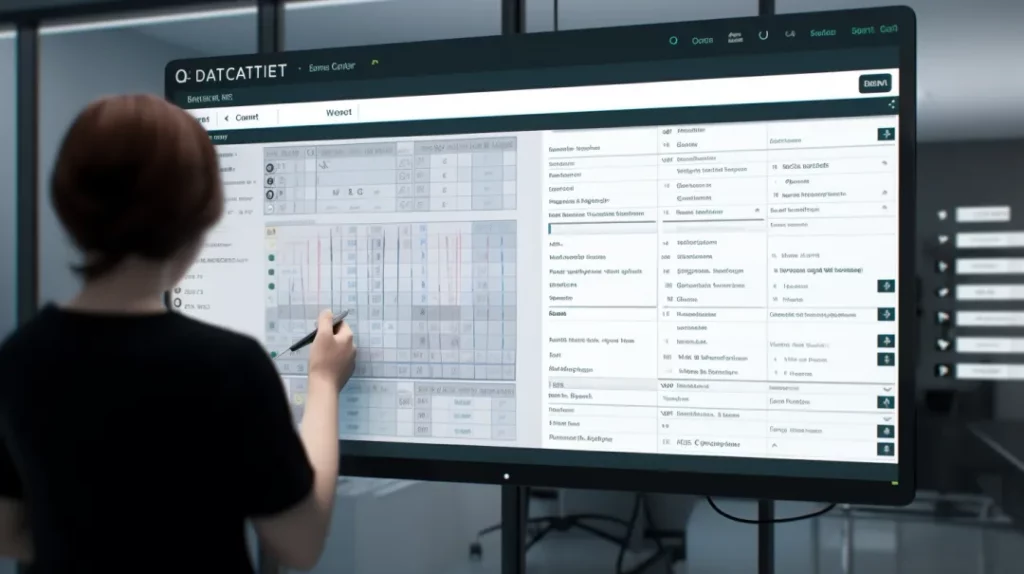
While generic paper forms suffice initially, tailored digital checklists streamline technicians’ efficiency. Options include:
Low-Code Platforms
Intuitive web-based platforms like Appian, Quickbase or Zoho Creator allow custom forms without intensive programming including:
- Drag-and-drop checklist creation for specific inspection steps unique to each camera model.
- Dropdown fields simplifying consistent status notations like “Alignment Needed” .
- Auto-tagging dated entries with device identifiers connecting issues temporally.
- Dedicated mobile apps working offline for uninterrupted documentation.
- Photos embedding directly instead of separate attachment hassles.
While powerful, costs, learning curves and administration can add up.
DATAMYTE
Mature CCTV-specialized solution balancing simplicity and customization specifically helping managers:
- Standardize terminologies enforcing consistent trouble descriptions enterprise-wide.
- Customize checklist sections following existing maintenance plan workflows.
- Simplify invoking device-aware forms via scanning serial numbers automatically.
- Structures data recordings easing historical analyses revealing failure patterns.
- Photos embed directly into relevant device pages.
- Access controls limit writers while allowing organization-wide transparency.
DATAMYTE transforms chaotic text logs into structured analyzable CCTV health records showing attention while optimizing maintenance efficiency.
Conclusion

After federal law enforcement investigations revealed that 35% of small business burglaries and contraband losses could have been averted through properly maintained basic video surveillance systems, national insurance underwriters began imposing CCTV efficacy mandates to curb repeated claims payouts.
These justifiably heightened but often unpublicized “contraband control standards” have imposed stringent maintenance requirements ultimately benefitting owners through increased prevention and discipline while reducing premiums. Compliance involves consistent upkeep procedures tracking gradual system degradation eventually exposing vulnerabilities that perpetrators eagerly exploit.
As elaborated across this insider’s guide, while powering on cameras for several years “set and forget style” initially saved on service contracts, creeping blindspots due to dust-coated lenses, weather-exposed cabling, dated firmware and other creeping gaps enabled over $415M in insurance losses last year alone according to national retail loss prevention research firm Hayes International.
Their analysis further highlighted that juggling urgent operational priorities understandably pushes elective maintenance like careful CCTV upkeep to tomorrow…until unexpected events make operational gaps, evidence access or legal claims painfully unavoidable. Their Senior Project Manager strongly emphasized that:
“Justifying pressing needs is our never-ending battle too but pushing system checks another quarter risks leaving iota evidence ultimately changing lives when every last detail counts most…All issues seem minor until catastrophes center attention unforgivingly on oversights past and priorities should have reflected.”
So whether replacing outdated analog surveillance relics with modern AI-assisted cameras or inheriting existing digital systems, undoubtedly demands encroach maintenance planning but imperceptibly forgoing inspections saves pennies temporarily while hazarding so much over time as threats seek and exploit seams as their trade demands. But consistent diligent care guided by checklists ensures your considerable asset protection investment, trust and evidence access performs optimally when truly called upon.
The expert technicians at Jefferson Security Cameras have over a decade of experience designing, installing and maintaining CCTV surveillance systems for businesses across the Philadelphia metro area. We offer customized packages to address your specific monitoring goals while avoiding common pitfalls. Our tailored solutions combine robust wired infrastructure and high-resolution recording with advanced AI analytics for maximum coverage integrity. Trust us for maximized ROI on ongoing safety investments.
For affordable security camera installation and maintenance protecting Greater Philadelphia properties, get a customized quote here or call (267) 662-1457. Ask about our approved multi-location discounts. Discover why complex visualization should ease instead of encumbering. We simplify sight where it counts most. Call today!
FAQs
What are some first signs my CCTV system needs maintenance?
If footage seems slightly grainy, colors are muted or motion blur increases gradually over a few months, dust and debris may be obscuring camera lenses requiring careful cleaning during standard maintenance. Slow firmware and frequent pixelation also indicate aging infrastructure needing inspection.
Does weather impact the frequency of CCTV maintenance needs?
Absolutely – rapid cooling/heating cycles expand/contract casing metals shifting viewing angles while snow/rain accelerate cable jacket cracking exposing copper conductors to corrosion or shorting. Seasonal inspections catch weathering issues before catastrophic failure.
How often should maintenance logs be reviewed?
Ideally, maintenance logs are consulted during any sudden outage or performance decline to help pinpoint culprit components based on past issues logged. Quarterly reviews also help administrators spot trends like repeated camera shifts that may justify added mounting reinforcements.
What maintenance tasks require professionally certified technicians?
While managers conduct visual inspections and lens cleaning, certified experts should handle electrical repairs, cable terminations, encoder adjustments and technical firmware/software updates to ensure workmanship warranties and configuration integrity.
Does regular maintenance adequately address cyber risks?
While securing user access and data encryption helps, rapidly evolving exploits require ongoing firmware updates to patch newly discovered software vulnerabilities before intrusions occur. Technicians maintain cyber readiness through upgrades.
